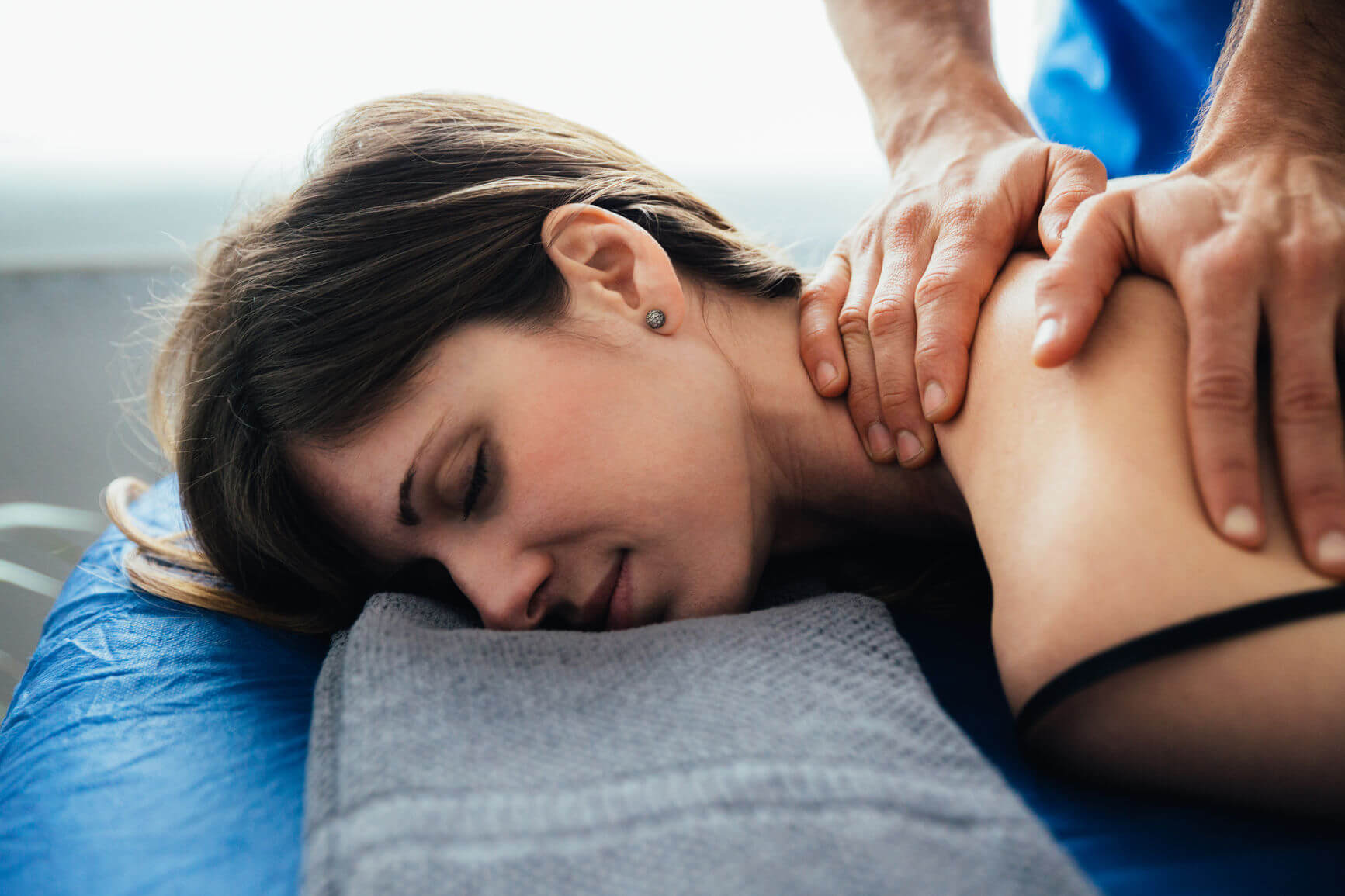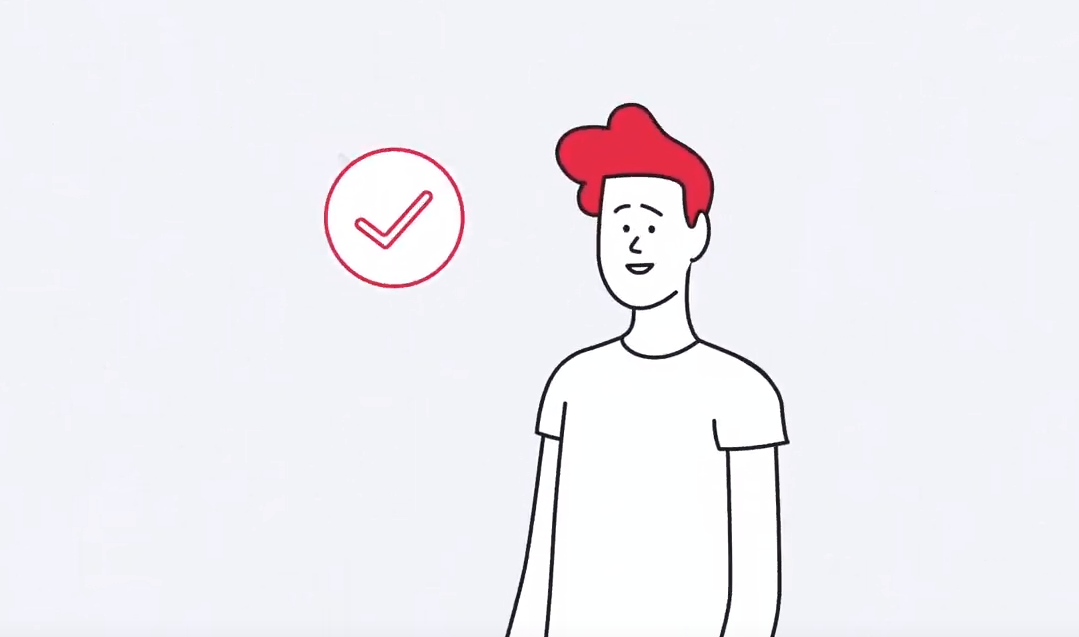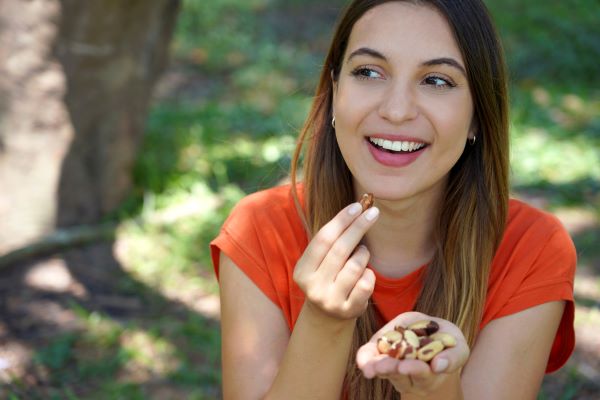-
Just as Australia’s health landscape continues to evolve, so too do our habits and choices when it comes to personal wellbeing. Natural therapies are a form of treatment that have become increasingly popular here in Australia, with close to three in four Australians using some kind of natural therapy between 2017 and 20181.
The government recently announced changes to which natural therapies can be included under your extras cover, removing treatments like kinesiology and naturopathy from 1 April 2019. The good news is that Medibank still pays towards some of the most popular natural therapies; here's a breakdown of which ones some of our extras products still pay benefits towards and how they could support your health.
How natural therapies can support your health and wellbeing

-
Acupuncture
Developed thousands of years ago in China, it’s thought that acupuncture was first introduced to help heal abscesses and other forms of inflammation on the body. Fast forward to 2019 and acupuncture remains common practice, although one that uses a few more modern tools. Today, the treatment involves inserting fine needles into specific points on the skin or applying other pressure techniques. This is thought to restore balance in the body and encourage healing.
Evidence is mixed when it comes to acupuncture, but many people find it can be helpful in managing pain for a range of conditions, such as lower back pain, headaches, and muscle pain, as well as relieving nausea.
Chinese medicine
Like acupuncture, Chinese medicine has been used for centuries as a natural means of healing and encouraging the body to restore balance or ‘qi’ (pronounced ‘chee’); a term used to describe a person’s inner energy, which, when disrupted, is thought to be a contributor to stress or disease.
Read more: Eat like an athlete
If you visit a Chinese medical practitioner, they will typically look at your medical history before recommending a treatment tailored to your needs. They may also do a physical examination that could include looking at your tongue or taking your pulse to help asses where your body is out of balance.
After this examination, it’s common for practitioners to prescribe herbs that may be taken as tablets or herbal teas. Some studies2,3 have found these herbs can help alleviate certain chronic conditions alongside standard medicine, although more rigorous studies are needed in this area to confirm how effective it is.
While Chinese medicinal herbs tend to be natural, they can interact with other forms of medication you may be taking, so it’s important to consult with your doctor before proceeding with a Chinese medicine plan.
Exercise physiology
Exercise physiology is used to strengthen a person’s fitness levels for all round better health, or to treat patients with a medical condition through exercise.
Read more: Your exercise survival kit
Exercise physiologists can support you to manage a range of conditions, including obesity, arthritis, diabetes, cancer, osteoporosis, depression, asthma and cardiovascular diseases. In these cases, exercise physiology provide you with an individual exercise program in addition to standard medicines. In addition to treating the symptoms at hand, the key benefits of exercise physiology include encouraging and training patients to establish long-lasting habits to improve their overall health.
Remedial massage
A remedial massage can offer several lasting health benefits. Most of these benefits target pain and tension found in the muscles, ligaments, tendons and joints, which may be inhibiting mobility and balance.
Most commonly, remedial massage will be used to help treat symptoms associated with musculoskeletal issues, such as arthritis, lower back pain, and sciatic pain, as well as many sporting injuries.
Remedial massage therapists use a variety of techniques to help stimulate blood supply, strengthen joints, and help repair damaged or strained parts of the body. Common approaches include deep tissue and trigger-point techniques.
Read more: What is a remedial massage?
Could a natural therapy be for you?
When combined with standard medical care, natural therapies can offer a range of benefits that may encourage the body to heal and restore its balance. Before embarking on a natural therapies health program, consult your doctor or GP on how these can best complement your overall health, as well as ensure their safety and efficacy.
Find out more about the changes to natural therapies here.
1. Xue et al., 2007, Complementary and alternative medicine use in Australia: a national population based survey, Journal of Alternative and Complementary Medicine
2. Li et al., 2013, Traditional Chinese Medicine in Cancer Care: A Review of Controlled Clinical Studies Published in Chinese, PloS ONE
3. Yu et al. 2018, Chinese Herbal Medicine Versus Other Interventions in the Treatment of Type 2 Diabetes, Journal of Evidence Based Integrated Medicine
-
Eat for your eyes
Some of our favourite foods to help keep your eyes healthy.
-
How is ‘phubbing’ hurting your relationships?
Here’s how to stop phubbing and be more mindful of your phone habits, to help improve face to face interactions with your family and friends.
-
Are the winter blues real?
Simple ways to boost your mood in winter.
-
Mental fitness explained
Just as you work to strengthen your body, your mental health deserves attention and exercise too.
-
The link between stress, anxiety and jaw pain
Physiotherapist Michael Chan explains how stress and anxiety can cause jaw pain, and how to help get some relief.
-
When you can't sleep next to your partner
You love everything about them – except their sleep habits.
Subscribe to receive the best from Live Better every week. Healthy recipes, exercise tips and activities, offers and promotions – everything to help you eat, move and feel better.
By clicking sign up I understand and agree to Medibank's privacy policy






.jpg)
